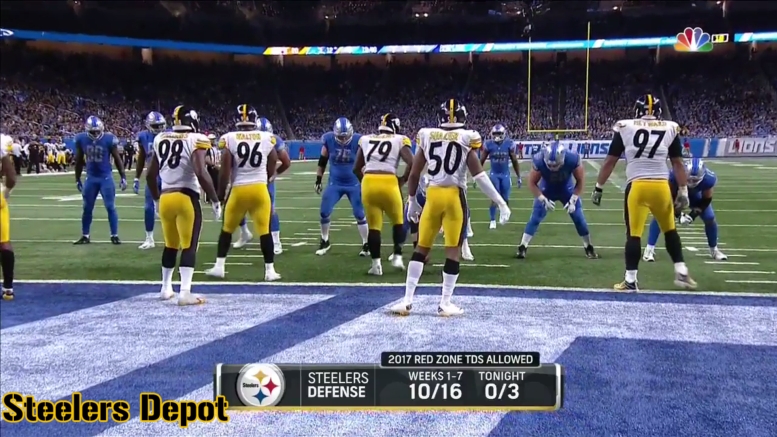While the Pittsburgh Steelers may have gained some tangible evidence of improvement, improving their win total by three games and hosting a playoff game as a division champion for the first time in four seasons, there is no doubt that the team is far from a finished product.
No team, of course, is a finished product in the offseason. Every team loses players to free agency and retirement, and replaces them through the same free agency process, as well as the draft.
With all of the change that occurs during the offseason, it’s often difficult to predict how a particular team might fare. They may wind up holding the Lombardi trophy or the first overall draft pick when all is said and done.
In order to gain a better feel for not only the issues facing the team this year, but how those issues might play out, it’s useful to take the devil’s advocate approach. This is the pessimistic side of the coin.
Question: Was it wise to push further cap money into the future for safety Mike Mitchell?
The Pittsburgh Steelers are in the initial stages of creating the salary cap space necessary to accomplish the tasks that the front office and coaching staff has mapped out for their offseason rebuilding plans.
The first step, evidently, was the do some tweaking on some of the deals that were made last offseason, starting with right tackle Marcus Gilbert. Also restructured was safety Mike Mitchell, who was a free agent acquisition and a plug-and-play starter in the defensive backfield.
Some questioned whether or not the team should have touched Gilbert’s contract, since they wonder about his long-term future as a starter at right tackle; clearly the front office begs to differ.
Many, however, questioned the wisdom of pushing more money into the future for Mitchell, whose viability as a free agent signing was uncertain from the beginning, as reflected in the way his $25 million contract was structured.
Mitchell’s five-year contract was a team-friendly deal that was supposed to make it easier to cut ties with what was essentially a gamble, hoping that they had stumbled upon a late-blooming true talent that would prove to outplay his salary, or at least grow into it, through the life of the deal.
By all accounts, Mitchell’s first season in the Steelers’ system was a disappointment, which could only be explained away so far by relying on the fact that he dealt with a groin injury throughout the year, even if his coaches painted a picture of an emerging player as the season progressed.
It’s true that many players, even veteran players, take a year to adjust to their new surroundings when they change teams. But Mitchell had already done that in Carolina and had his best year, so he should know the routine.
Additionally, many of his struggles had little to do with scheme or familiarity with his teammates, making mistakes that he shouldn’t in form tackling and angling toward the ball. Of course the Steelers are going to give him another season, but it’s in year three that his salary jumps up, and pushing more money into the future—even if it is less than $1 million, makes it hurt that much more to cut him, or to be forced to hang on to him.






